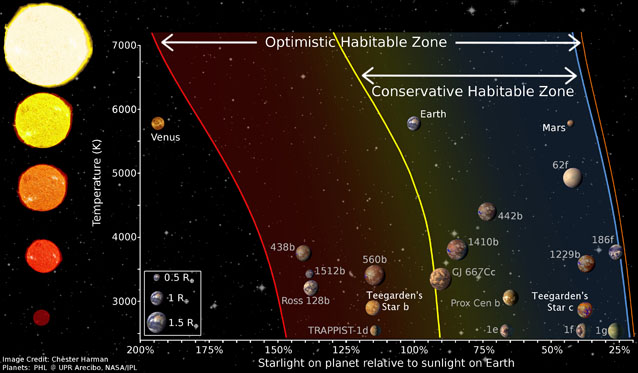The search for planets around stars other than the Sun, called “exoplanets”, has been one of the hot topics in Astronomy in the last decades. As of today, around 4700 exoplanets have been confirmed in our galaxy, out of which 3500 are planetary systems, including 790 are multiple-star systems. If our galaxy contains between 100-400 thousand million stars and 2 thousand million galaxies have been detected in the observable Universe, imagine how many exoplanets
can possibly exist orbiting around those stars!

Figure 1: Artist impression of the ESA/CHEOPS mission (Credit:ESA)
European Space Agency (ESA) missions like CoRoT, CHEOPS or GAIA have been contributing to this search for exoplanets since 2006, together with NASA missions Kepler and TESS. A further contribution comes from the ESA/NASA space mission Hubble as well as telescopes on Earth such as GTC and antennas like ALMA.
In order to understand whether these exoplanets could be anything like our Earth, we also have to study the star they are orbiting.
Just like the Sun in our case, stars play a crucial role in the evolution of planets and the possibility of hosting life. If we search for life in terms of liquid water detection on the planet’s surface, we will arrive at the definition of a planet in the habitable zone, shown in Figure 2.

Figure 2: Infography of the habitable zone for de diferentes estrellas, entre ellas la Estrella de Teegarden. (Créditos: Chester Harmen, Planets: PHL@UPR Arecibo, NASA/JPL)
Throughout this activity you will enter the fascinating field of how and where stars form. There are still many mysteries around the formation of stars... If you want to help scientists at ESA to solve this challenge, we will be one step closer in the search of our own origins.